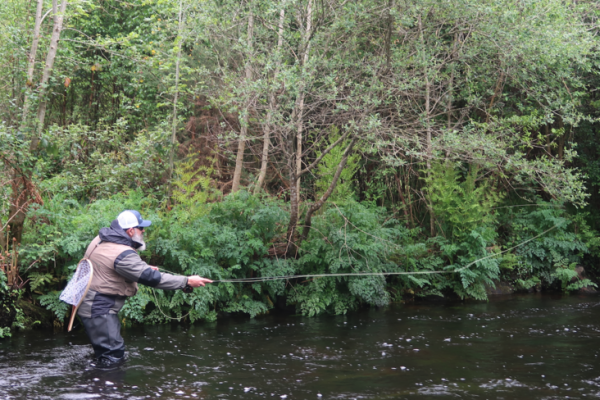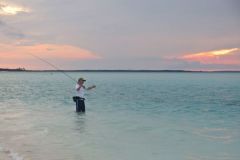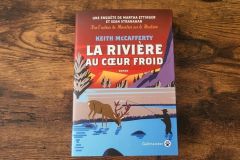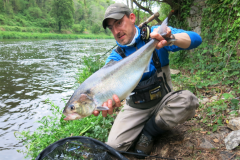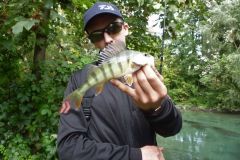Fly fishing is very different from other conventional techniques.
The rod is softer to propel the fly line, which in turn is finished with a leader to which the fly is attached.
Learning to cast and propel a fly requires practice. Fly-fishing casts require a certain amount of coordination and synchronization.
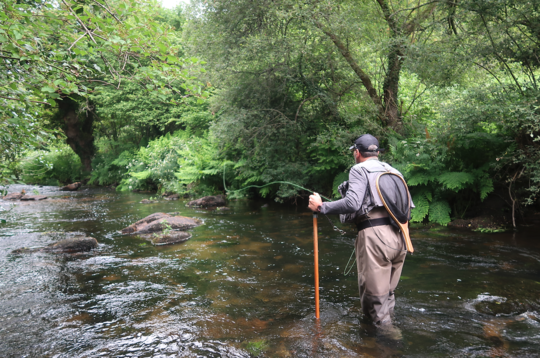
Getting off to a good start
Many people have tried to learn on their own. Some self-taught people are quite good at it, but unfortunately most people learn with many flaws. Defects which are subsequently more difficult to eliminate.
By watching good videos or taking advice from a professional fishing instructor-guide, it's fairly easy to learn the basics.
This video shows you how to do it, and identifies the mistakes you shouldn't make. By following the steps described in the video, you'll soon be casting a fly and catching your first trout!
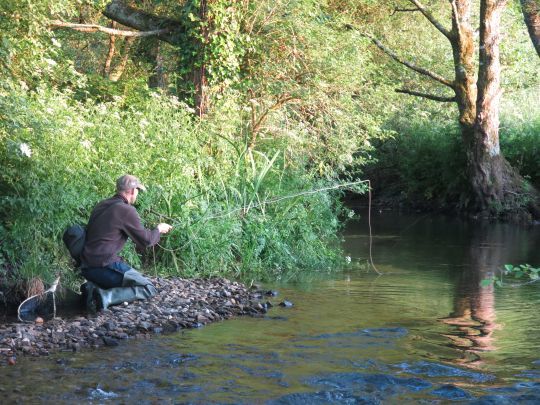
Understanding and correcting faults
Knowing how to identify casting errors is one of the roles and part of the job of a fishing instructor-guide when initiating or helping an angler to perfect casting techniques.
Once you understand your shortcomings, it's easier to correct them. They are often the same for most anglers. So I've identified them and given you a few tips on how to remedy them.
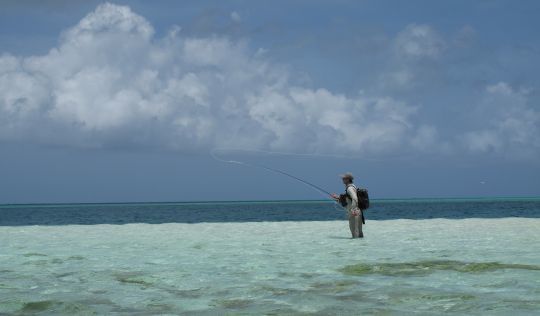
Learn other fly-fishing casts
After the basic straight cast, explained in detail in this video, there are other casts that allow you to fish and cast your fly in any situation, whether in small, medium or large rivers.
To be a complete angler, you also need to be able to cast and roll. They enable you to adapt and fish on any bank, as well as in more technical, crowded or smaller streams.
More videos of these casts will be available on the Orion Fly Fishing Youtube channel. Subscribe to make sure you don't miss them!
Take advantage of the off-season to work on your throws so you're ready for next season!
